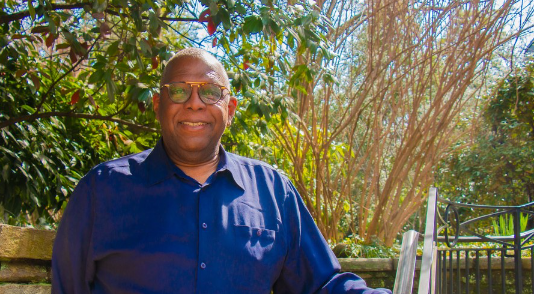Exploring the Impact of Black Landscape Designers
The field of landscape design is undergoing a significant transformation, with an increasing number of innovative and talented Black landscape designers making their mark. Their unique perspectives and cultural influences are reshaping outdoor spaces across the world. Celebrating these designers not only acknowledges their contributions but also inspires future generations to pursue careers in this creative field.
Celebrating Diversity in Design
Black landscape designers bring fresh ideas and perspectives to their work, often drawing inspiration from their cultural heritage and personal experiences. This diversity enriches the field, allowing for the creation of spaces that resonate with a wider array of communities. Designers like Mia Lehrer and Keith Williams exemplify how cultural backgrounds can transform landscapes, emphasizing sustainable practices, community engagement, and social justice. By highlighting their contributions, we encourage greater representation and inclusivity in landscape architecture.
Promoting Sustainable Practices
Working with an understanding of environmental and social equity, many Black landscape designers prioritize sustainable design practices. They advocate for the use of native plants, sustainable materials, and techniques that enhance biodiversity. For example, designer Tehila D. Brown focuses on urban greening projects that not only beautify neighborhoods but also improve air quality and promote mental well-being. By integrating sustainability into their designs, these professionals not only create aesthetically pleasing environments but also contribute to the health and resilience of our planet.
Engaging Communities Through Design
A hallmark of many Black landscape designers is their commitment to community involvement. They understand that public spaces must reflect the needs and desires of those who use them. Designers such as Johnathan A. Ngo work to engage local communities in the design process, ensuring that their input shapes the outcome. This collaborative approach fosters a sense of ownership among community members, leading to spaces that are more inclusive and meaningful. Through their efforts, these designers are not just creating landscapes but also building stronger, more connected communities.
In conclusion, the contributions of Black landscape designers are invaluable to the field, offering new perspectives, sustainable practices, and community engagement. As we celebrate their achievements, let us take the opportunity to learn more about their work and support a more diverse and inclusive design landscape. For those interested in landscape design, exploring the works of these talented individuals can provide inspiration for your own projects and a deeper understanding of the impact of diversity in design.

